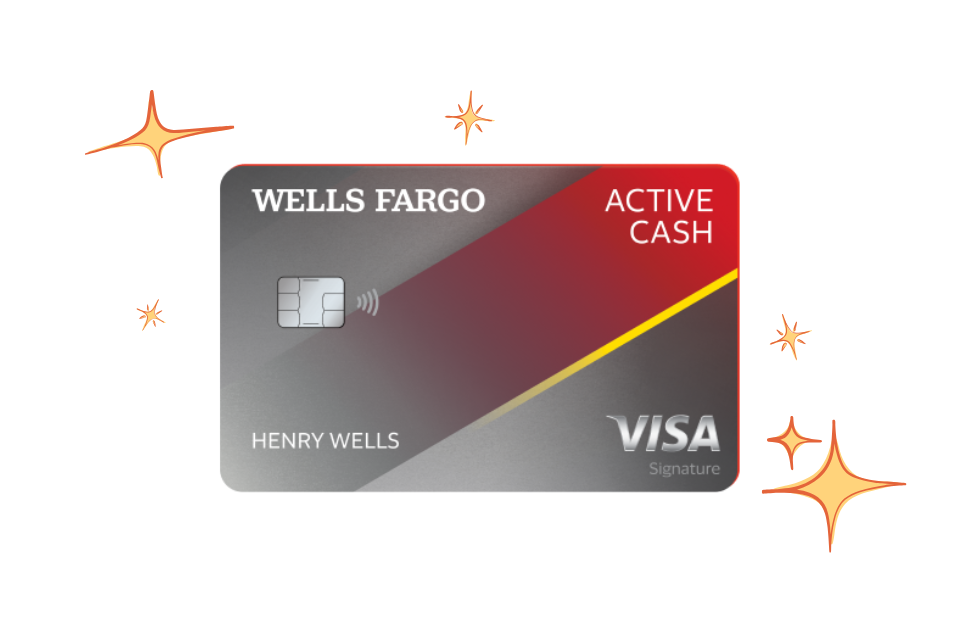You’ve got your budget sorted, you’re tackling debt, building savings, and maybe even starting to invest. Fantastic! These are all active steps you take to build wealth and secure your future. But what about the things you can’t plan for? The unexpected illness, the car accident, the house fire, or, tragically, the loss of a loved one’s income? This is where insurance comes in. Think of it not as an expense, but as a critical layer of protection – a safety net designed to catch you when life throws its most challenging and unpredictable punches in the United States.
Insurance is a fundamental, often overlooked, component of a comprehensive financial plan. It’s what protects your assets, your income, and your family’s financial stability from events that could otherwise be financially devastating. Skipping necessary insurance to save money is like walking a tightrope without a net – you might be fine until one unexpected wobble sends everything crashing down. Let’s explore the crucial types of insurance you need as part of your US financial plan.
The Core Purpose of Insurance: Managing Risk
At its heart, insurance is about managing risk. You pay a relatively small, regular amount (the premium) to an insurance company, and in exchange, they agree to cover you financially against a potentially large, unpredictable loss (like a major car repair or a hospital stay). You’re transferring the risk of a huge financial hit to the insurance company. This protection is vital because most individuals and families don’t have enough saved to cover the full cost of major disasters or illnesses out-of-pocket.
Key Types of Insurance for Your US Financial Plan
While there are many types of insurance, some are absolutely essential pillars of financial security:
1. Health Insurance:
- Why it’s crucial: Medical costs in the U.S. are notoriously high. A single hospital stay or serious illness can rack up bills that bankrupt a family without insurance. Health insurance helps cover doctor visits, hospital stays, prescriptions, preventive care, and more, protecting you from devastating medical debt.
- What to consider: Understand your plan’s network (HMO, PPO, etc.), deductible (what you pay before insurance starts covering), copays (fixed amounts for doctor visits), coinsurance (your percentage of costs after meeting the deductible), and out-of-pocket maximum (the most you’ll pay in a year). Choose a plan that balances monthly premiums with potential out-of-pocket costs based on your health needs and budget. Obtain health insurance through an employer, the Affordable Care Act (ACA) marketplace, or government programs if eligible.
2. Life Insurance:
- Why it’s crucial: If you have dependents who rely on your income (spouse, children, elderly parents), life insurance provides a financial safety net for them if you pass away unexpectedly. The death benefit can replace lost income, pay off debts (like a mortgage), cover future living expenses, and fund future goals like your children’s college education.
- What to consider:
- Term Life Insurance: Provides coverage for a specific period (e.g., 10, 20, 30 years). It’s generally more affordable 1 than permanent life insurance and is often suitable for covering your income replacement needs during your prime earning years.
- Permanent Life Insurance (Whole Life, Universal Life): Provides coverage for your entire life and includes a cash value component that grows over time. It’s more expensive than term life insurance and is often used for estate planning or long-term wealth building, though its primary purpose is still the death benefit.
- How much coverage: A common guideline is 5-10 times your annual income, but calculate based on your family’s specific needs (debts, future expenses, income replacement).
3. Disability Insurance:
- Why it’s crucial: Your ability to earn an income is your greatest asset. If you become unable to work due to illness or injury, disability insurance replaces a portion of your lost income (often 50-70%). A long-term disability can be financially devastating without this protection.
- What to consider:
- Short-Term Disability: Covers a limited period (e.g., a few months). Often provided by employers.
- Long-Term Disability: Covers a longer period, potentially years or even until retirement age. Can be obtained through an employer or purchased individually.
- Coverage amount: Aims to replace a percentage of your income. Understand the definition of “disability” in the policy and the waiting period before benefits begin.
4. Property Insurance (Homeowners or Renters Insurance):
- Why it’s crucial: Your home and possessions are significant assets. Property insurance protects you financially if your property is damaged or destroyed by covered events (fire, theft, natural disasters, etc.). It also includes liability coverage if someone is injured on your property.
- What to consider:
- Homeowners Insurance: For homeowners. Covers the dwelling, other structures, personal property, and liability.
- Renters Insurance: For renters. Covers your personal property (your landlord’s insurance only covers the building) and liability.
- Coverage amounts: Ensure coverage is sufficient to rebuild your home (replacement cost) and replace your personal belongings. Understand your deductible.
5. Auto Insurance:
- Why it’s crucial: Required by law in almost all U.S. states if you own and operate a vehicle. It protects you financially if you’re involved in an accident, covering damage to your vehicle, damage to others’ property, and medical expenses for yourself and others involved. It also provides legal protection.
- What to consider: Understand the different types of coverage (liability, collision, comprehensive, uninsured/underinsured motorist, personal injury protection) and choose sufficient coverage amounts to protect your assets in case of a serious accident. Shop around for the best rates.
Integrating Insurance into Your Financial Plan
Insurance isn’t a standalone product; it’s a foundational element that supports all your other financial goals. Your emergency fund handles smaller, unexpected expenses. Insurance handles the large, potentially catastrophic ones. Budget for insurance premiums just like any other essential expense. Review your coverage needs periodically, especially after major life events.
Protecting your future in the United States requires more than just saving and investing; it demands having the right insurance in place to manage risks that could otherwise derail your entire financial plan. Health, life, disability, and property insurance are crucial safety nets that protect your income, assets, and family’s well-being from the unpredictable. By understanding the importance of each and securing adequate coverage, you build a truly comprehensive and resilient financial plan.









